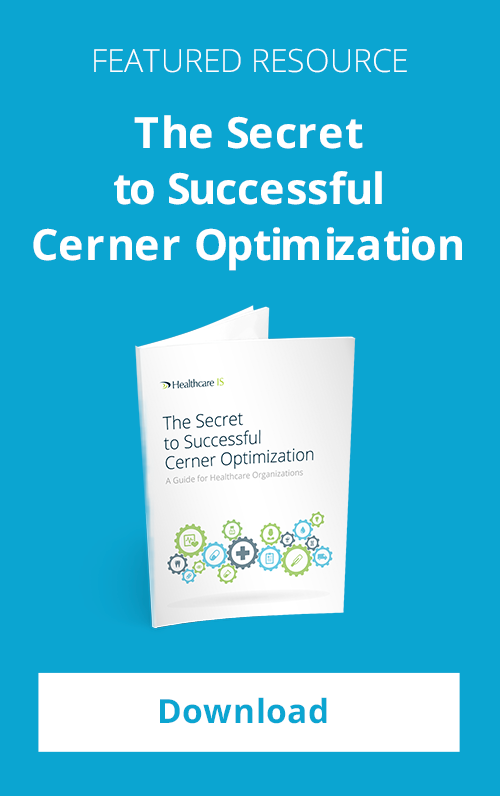Organizations face many challenges when implementing electronic health records platforms (EHR), but fixing a botched implementation can be among the most stressful. Problems with EHR implementation can reverberate throughout a healthcare organization and must be recognized and fixed as soon as possible.
The first step of a successful remedy is to create an action plan that prioritizes the fixes that will have the most immediate impact in helping operations return to optimal performance. Once those pressing problems are solved, it’s time to address all of the other issues. Here are a few useful tips to help guide you through that process.
Establish A Task Force
It’s wise to establish a task force to deal with each particular problem. The task force should include members whose specialties overlap with the problem area. For example, someone directly involved with the revenue side should be involved with resolving all revenue issues.
The task force should closely analyze the problem, and look for the breakdowns in the system. One might start by looking at whether staff members are able to input data. If so, check to see where it ends up. By taking a systematic approach, the task force will be able to get to the root of the problem more efficiently.
Carefully Calibrate Staffing
It’s quite common for healthcare organizations to wonder whether outside resources should be brought in to help rectify problematic EHR implementations. There are a couple of different approaches that work quite well.
[Related: How “The RightFit” Process Guarantees You’ll Get the Best Quality Consultants]
One option is to remove the appropriate internal staff from their normal day-to-day duties and have them focus exclusively on fixing the EHR platform issues (staff augmentation). Outside resources would then be brought in to handle the day-to-day responsibilities of those internal staff resources until the issues are resolved and they can resume their normal duties.
Another option is to bring in third-party consultants to solve the EHR application problems and allow the internal staff resources to continue concentrating on their normal day-to-day duties.
Which option is better depends on a variety of factors, including the size of the organization, the nature of the EHR problems, and the level of expertise the internal staff resources have in regards to the EHR platform.
Ensure Sufficient Resources and Track Progress
It’s important to engage key stakeholders throughout this process. The financial side of the organization must be included in the decision-making, so that adequate support can be provided to execute the fixes. To help build trust with the financial side, it’s imperative to establish metrics for success. This not only serves to prove the business case for the implementation fixes, but also ensures the project stays on track throughout the process.
Engage with End Users
In a situation in which the EHR solution is not performing as expected, perhaps the most vital tip is maintaining some degree of buy-in among the clinicians and staff who use the application on a daily basis. It’s essential to work closely with key stakeholders and influencers, like the chief medical officer, the nursing leadership, and even the financial department to ensure that everyone is on the same page. Have them propagate the message that the problems are being worked on and will soon be fixed.
After a botched implementation, IT staff might encounter a lot of resistance, but it’s important to break through this and emphasize what the long terms benefits of the EHR project will be once it is done correctly. By making these benefits clearer, it will become easier to keep everyone on board during a period of difficulty.
By following these EHR best practices, organizations will be able to more effectively overcome botched implementations, and will be better situated to have more success once they start on their EHR optimization projects.
Plan on switching to Cerner for your EHR needs? Make sure to download our new ebook “The 6 Phases of a Successful Cerner Implementation”



Comments